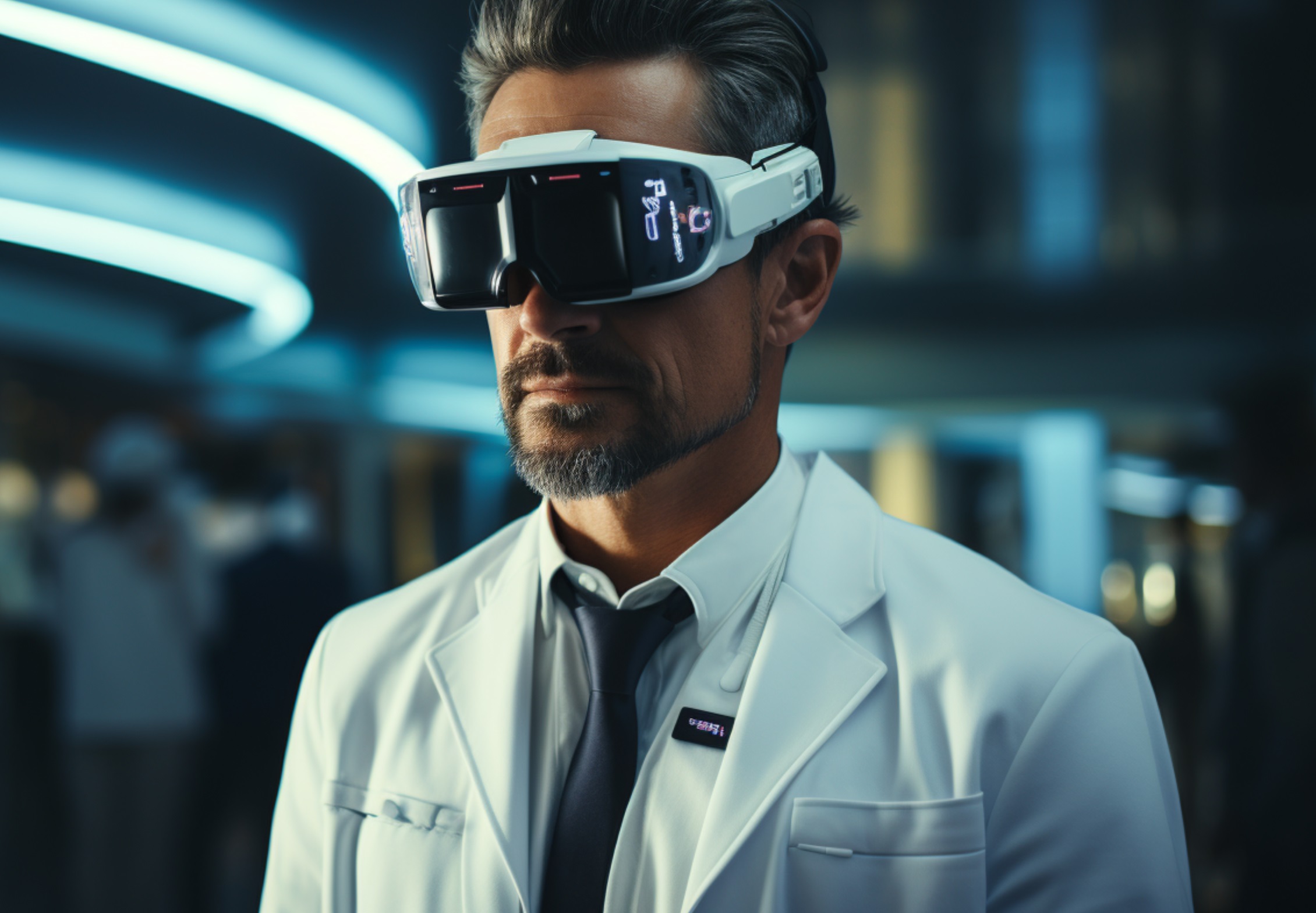Scottish trauma surgeon David Howie is pioneering a novel approach by harnessing virtual reality (VR) to mend broken bones. He’s developed software that’s both more cost-effective and superior to current offerings in the market, as noted by a recent BBC Scotland News report. Virtual reality’s role in surgical procedures is burgeoning, with applications in training, planning, and direct surgical assistance.
Enhancing Skills and Surgical Procedures
VR technology has transformed how medical students, residents, and surgeons practice and perfect surgical procedures. These virtual simulations, offering a risk-free environment, help sharpen surgical skills without jeopardizing patient safety. The scope of VR surgical training ranges from basic surgical skill enhancement to handling intricate operations and even rare or challenging cases.
Furthermore, surgeons can now utilize medical imaging data, such as CT or MRI scans, to craft detailed 3D models of a patient’s anatomy. These models enable a comprehensive examination of a patient’s bone structure, highlighting potential challenges. This meticulous preoperative planning enhances the ensuing operations’ efficiency and safety. In collaboration with NHS Lanarkshire’s IT and University Hospital, Wishaw, Howie modified an existing VR software, Medicalholodeck, optimizing it for intricate bone surgeries.
From Gaming to Medical Breakthroughs
Recounting his inspiration, Howie said to the BBC, “My daughter and I got a VR headset for Christmas, primarily for gaming, like Angry Birds. However, it dawned on me that the same technology could be applied to viewing CT scans, and surely there must be developers who’ve crafted such software.” Howie’s revamped system offers surgeons a clearer visualization and understanding of patient fractures, facilitating the planning of more precise surgeries. “Once you experience it, you grasp its potency in providing a comprehensive perspective of the fracture. It significantly aids our surgical planning,” Howie emphasized.
Although similar technology exists, Howie’s rendition is more affordable, a boon for the NHS Lanarkshire, where budgetary constraints are prevalent. The organization is assessing the technology’s financial viability and potential advantages. Should the software prove invaluable, the NHS envisions a broader application, not only reducing operation costs by mitigating surgical errors but also enhancing patient safety. Moreover, it could allow patients a more digestible view of surgical procedures. Lyle Boylan, NHS Lanarkshire’s E-health transition manager, remarked, “We anticipate using it to improve patient experience, offering them an accessible insight into their operations.”
The fusion of medical expertise and VR technology heralds a new era in surgical procedures. As tools like the one developed by Dr. Howie become mainstream, patient care could reach unprecedented heights.
Stay abreast of the latest medical innovations with the original article here – https://interestingengineering.com/innovation/trauma-surgeon-uses-vr-to-fix-shattered-bones . Encourage medical institutions in your community to explore the possibilities of VR in improving surgical outcomes and patient experiences. Spread the word and champion the merging of tech and health for a brighter, safer future!
